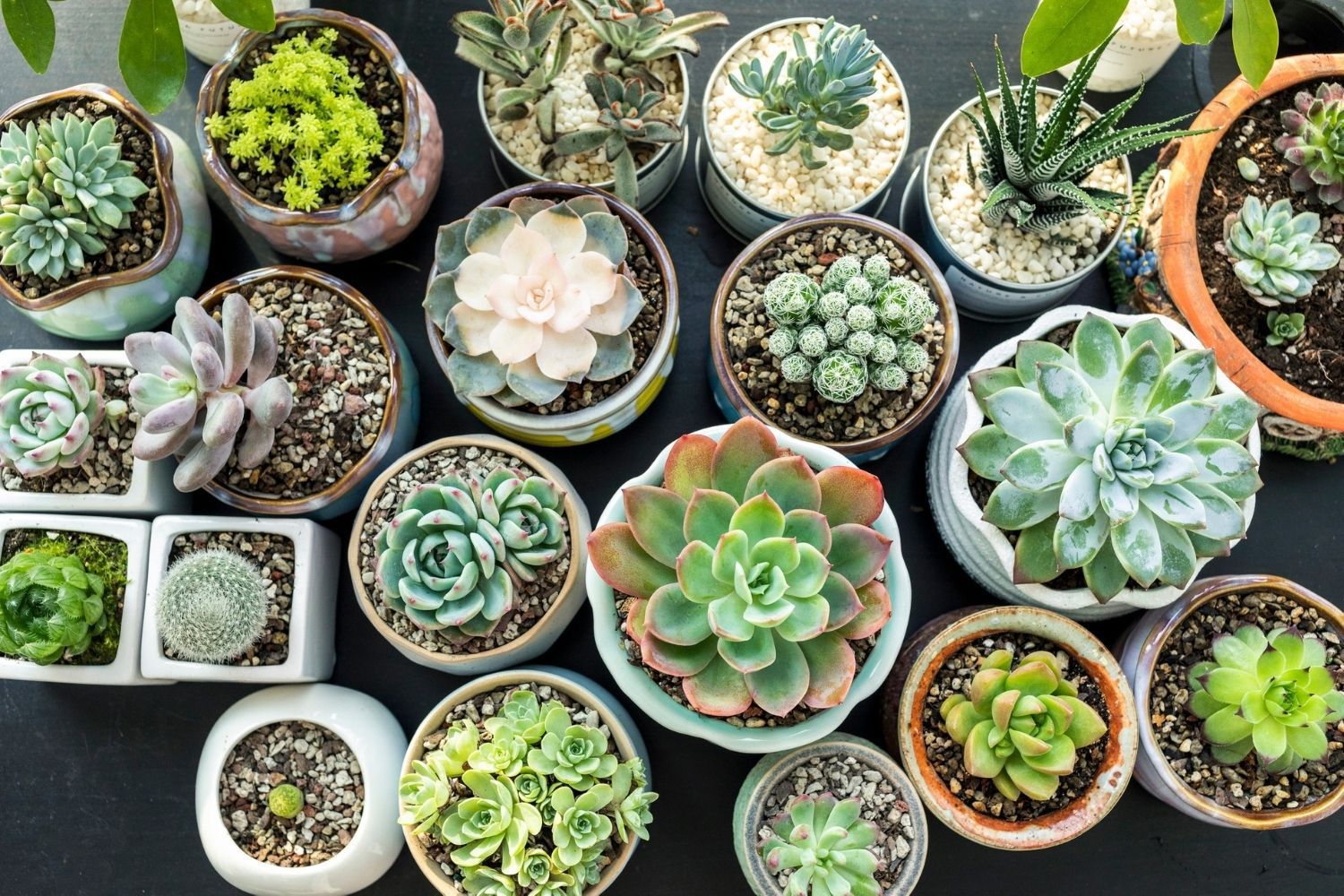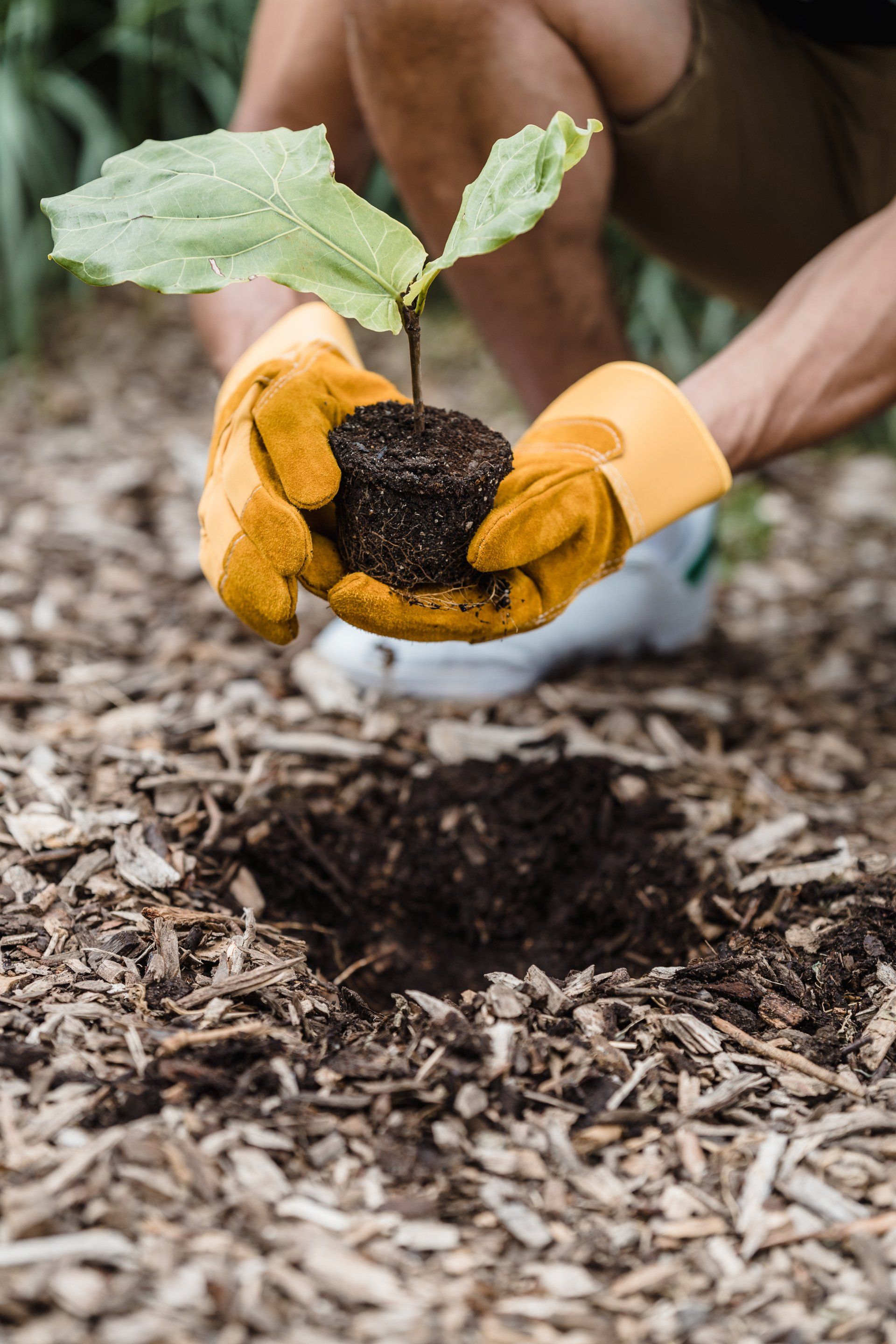Building Stronger Teams, Nurturing Healthier Minds: The Powerful Connection between Team Building and Mental Well-being
26 May 2023
Team building is an essential part of building a strong and cohesive team. It helps to improve communication, foster a positive work environment, and enhance productivity. In this blog post, we will explore the benefits of team building and provide some tips on how to create successful team-building activities. We would also like to bring to your attention the relationship between team building and mental health, and how you can provide team-building activities that promote mental health awareness to your employees or co-workers
1. Improve Communication
Team building is a great way to improve communication among team members. It helps them to get to know each other better, understand each other's strengths and weaknesses, and develop trust. This, in turn, improves collaboration, decision-making, and problem-solving.
2. Foster a Positive Work Environment
Team building activities can help to create a positive work environment that promotes employee engagement and job satisfaction. When employees feel valued and appreciated, they are more likely to be motivated and productive. Team building activities can help to create a sense of belonging and promote a culture of respect, collaboration, and support.
3. Enhance Productivity
When employees work together effectively, productivity increases. Team building activities help to build relationships among team members, promote a sense of teamwork, and encourage employees to work towards a common goal. This, in turn, can enhance productivity and improve overall performance.
Tips for Successful Team Building Activities
1. Keep it Fun
Team building activities should be enjoyable and engaging. Choose activities that are fun and that everyone can participate in. This will help to create a relaxed and positive atmosphere and promote employee engagement.
2. Keep it Relevant
Choose team building activities that are relevant to your team's goals and objectives. This will help to ensure that the activities are meaningful and that everyone understands their purpose.
3. Keep it Inclusive
Make sure that everyone can participate in the team building activities. Consider the needs and abilities of all team members and choose activities that are inclusive and accessible to everyone.
4. Keep it Varied
Mix up the types of team building activities you do. This will help to keep things interesting and prevent boredom. Consider activities such as problem-solving challenges, trust-building exercises, and team-building games.
The Connection between Team Building and Mental Health
Team building activities can help to promote mental health awareness in several ways. First, they can help to reduce stress and promote relaxation. When employees feel supported and valued by their colleagues, they are less likely to experience stress and burnout. Second, team building activities can help to build resilience and coping skills. When employees work together to overcome challenges, they learn to develop new strategies for managing stress and building resilience. Finally, team building activities can help to promote a sense of community and social support. When employees feel connected to their colleagues, they are less likely to feel isolated and more likely to seek help when needed.
Tips for Creating Team Building Activities that Promote Mental Health Awareness
Encourage Open Communication
Encourage open communication during team building activities. Create a safe and supportive environment where employees feel comfortable sharing their thoughts and feelings. This can help to reduce stigma and promote mental health awareness.
Focus on the Positive
Focus on the positive aspects of team building activities. Emphasize the benefits of working together and the sense of accomplishment that comes from achieving a common goal. This can help to build resilience and promote a positive mindset.
Promote Self-Care
Encourage employees to prioritize self-care during team building activities. Provide opportunities for rest and relaxation, such as breaks or meditation sessions. This can help to reduce stress and promote mental and emotional well-being.
Foster Social Support
Foster social support during team building activities. Encourage employees to connect with each other and build relationships. This can help to reduce feelings of isolation and promote a sense of community.
In conclusion, team building activities can be a powerful tool for promoting mental health awareness, fostering positive work place, and an easy to work in everyday kind of environment.
Plant & Sip Latest News

At Plant & Sip, we’re dedicated to creating beautiful, safe spaces for plant and pet lovers alike. Our workshops and events allow you to design stunning succulent arrangements without sacrificing the well-being of your furry friends. With the right selection of pet-friendly succulents, you can enjoy the charm of greenery while ensuring your pets stay safe. Why Pet-Friendly Succulents? Houseplants bring life and vibrancy to any home, but did you know some can be harmful to pets? Many succulents, while beautiful, can be toxic if ingested, leading to health issues for curious cats and dogs. Choosing pet-friendly varieties solves this dilemma, blending safety and style seamlessly into your living space. Top Pet-Friendly Succulents Here are three beautiful succulents that are both safe for pets and easy to maintain:

Succulents are more than just trendy houseplants—they symbolize resilience, adaptability, and the potential for growth. Their ability to thrive in challenging environments makes them a perfect representation of new beginnings. If you're looking to add this symbolism to your home, here are five stunning succulents that embody growth and new starts.
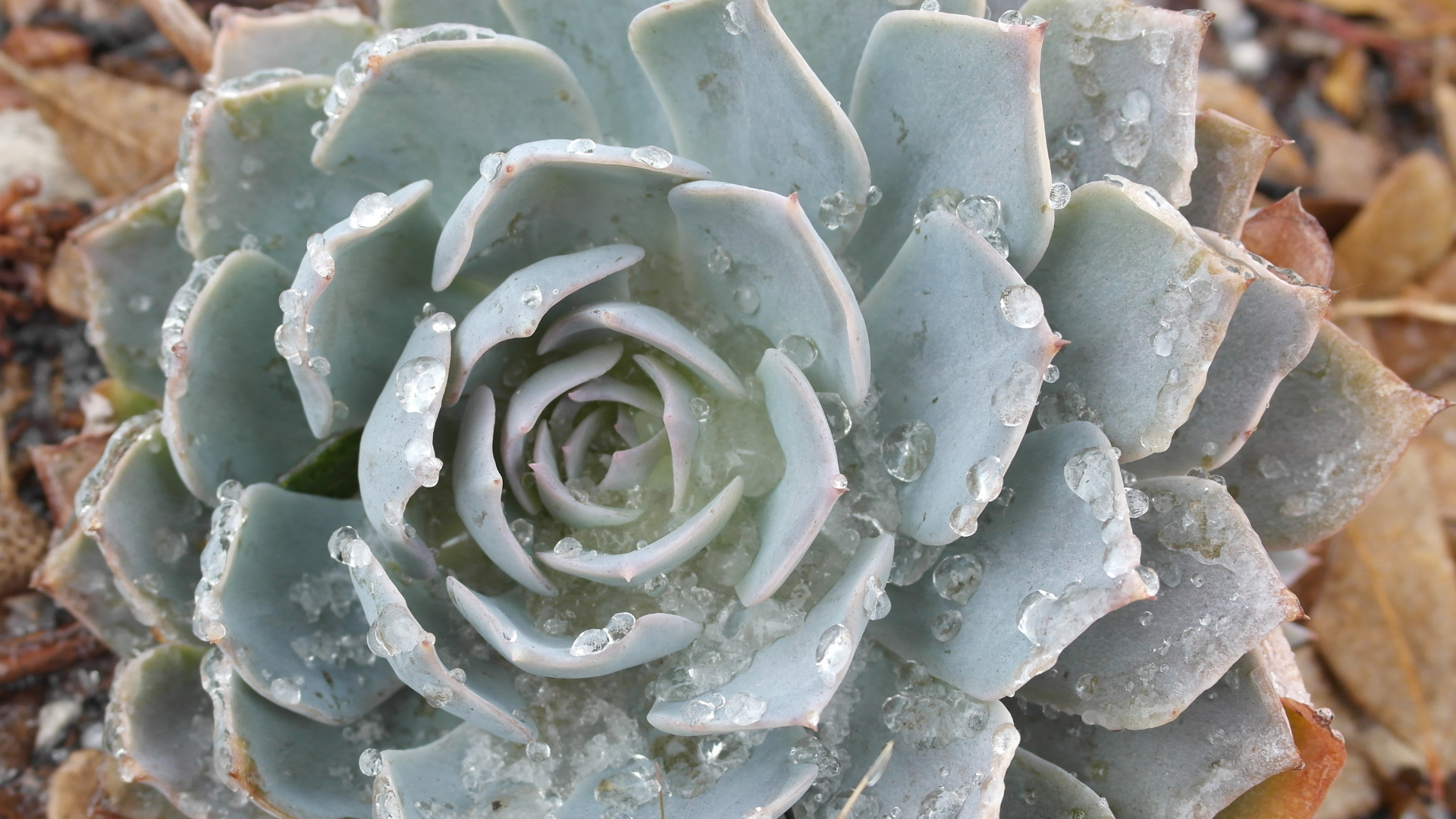
Succulents are popular for their low-maintenance nature and ability to thrive in a variety of conditions. However, as winter approaches, the care needs of these resilient plants change. That is why understanding how to adapt your care routine is essential to keeping your succulents healthy during the colder months. Read on as we share tips on how to care for succulents in winter, so they stay vibrant and thriving.

Halloween is the perfect time to get creative, and what better way to add a hauntingly beautiful touch to your decor than by crafting a spooky terrarium? Whether you're a seasoned garden enthusiast or a plant parent looking for a new project, a Halloween-themed terrarium can add a unique and eerie vibe to your space. Here are the top five plants you should consider when creating a mystical and enchanting Halloween terrarium.
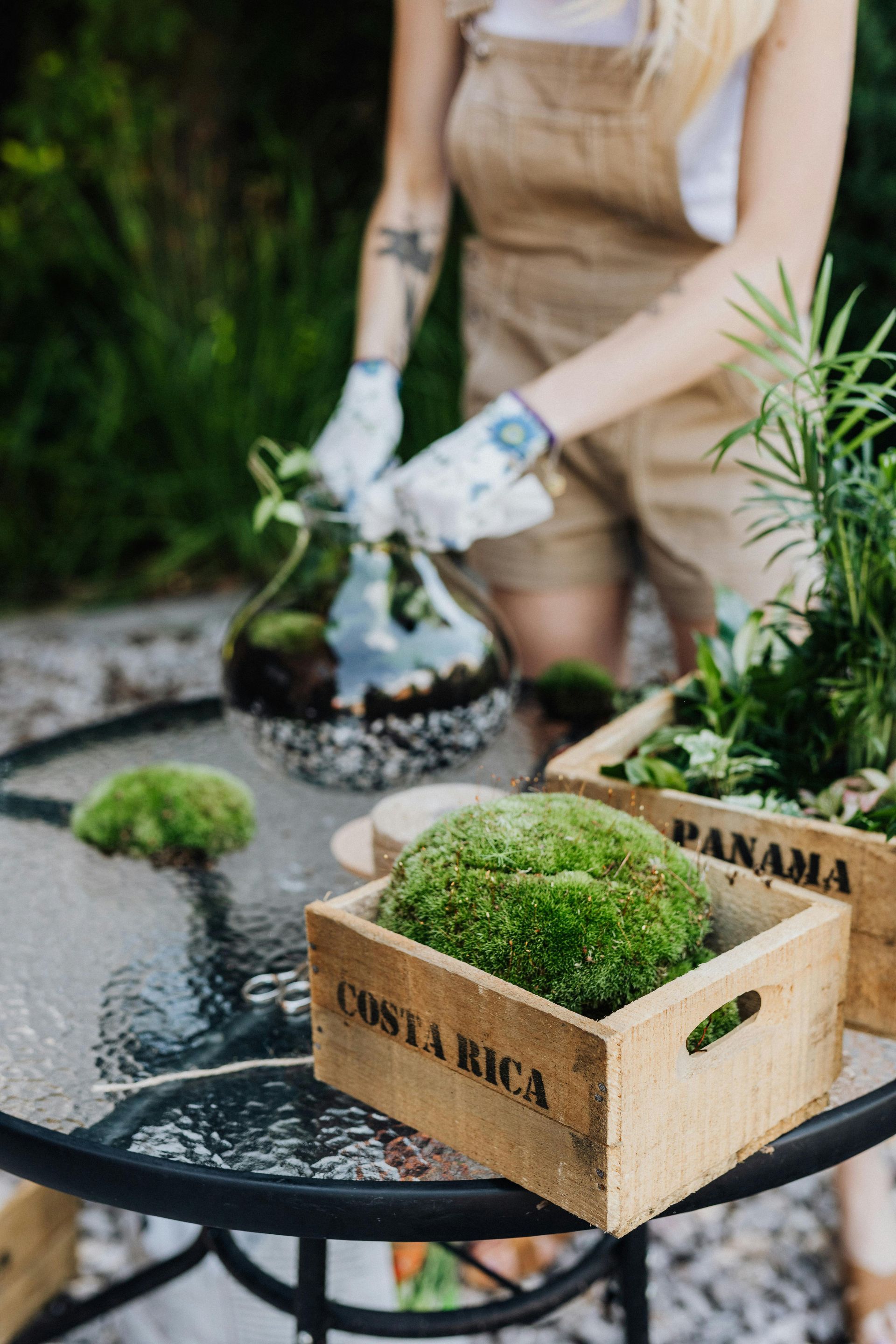
Planting events are a fantastic way to engage your community, promote sustainability, and bring people together in a shared love for gardening. Whether you're a garden enthusiast, an event planner, or a sustainability advocate, organizing a planting event can create lasting bonds and positively impact the environment. This blog post explores several innovative planting event ideas to captivate your audience and inspire community participation.

It's prime planting season and the perfect time for garden lovers to gather outdoors. While basking in the sunshine as you plant can be invigorating, gardeners must balance their love for clear skies with caution against the sun's hidden risks. Here's a quick guide to help you stay safe while tending to your garden so your planting event is enjoyable and sun-safe.
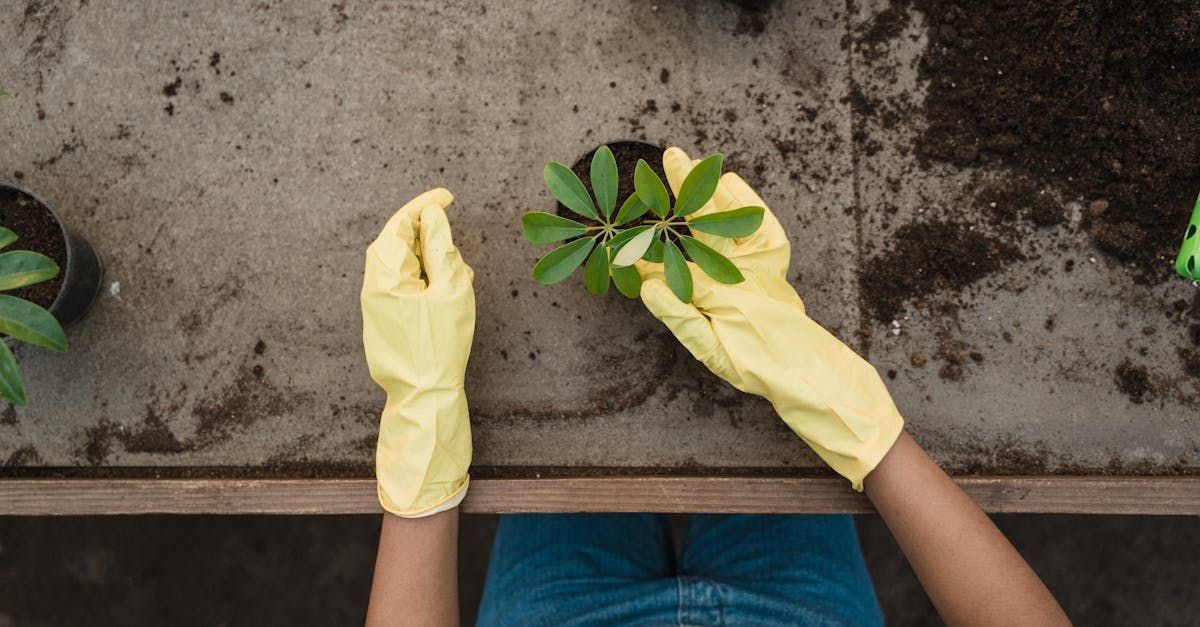
In today's fast-paced environment, finding moments of tranquility is essential for maintaining overall mental health. One often overlooked yet effective method for achieving peace is through gardening. Beyond its aesthetic appeal, gardening offers a unique opportunity to nurture our mental and emotional wellness. In this article, we will tackle the role of plant care to your mental health and well-being.

Succulents are loved for their striking appearance and low-maintenance nature, making them a popular choice for both seasoned gardeners and beginners alike. To ensure your succulents flourish, it's essential to understand the fundamental care requirements that these unique plants need. Here are some expert tips and guidelines to help you cultivate thriving succulents at home. Understanding Succulents: Succulents are plants that store water in their leaves, stems, or roots, allowing them to withstand dry conditions. This adaptation is what gives succulents their plump, fleshy appearance. Common varieties include Echeveria, Sedum, Aloe, and Crassula, each with its own specific care needs. Light and Placement: Proper lighting is crucial for succulents to thrive. Place your succulents in bright, indirect sunlight for optimal growth. Rotate your plants regularly to ensure even exposure to sunlight and prevent them from leaning towards the light source. Watering Routine: One of the most common mistakes in succulent care is overwatering. Succulents are adapted to survive in arid environments and prefer infrequent but deep watering sessions. Allow the soil to dry out completely between waterings to prevent root rot and maintain healthy plant growth. Soil and Drainage: Succulents require well-draining soil to prevent waterlogged conditions that can harm their roots. Use a specialized cactus or succulent potting mix that promotes drainage and aeration. Make sure your pots have adequate drainage holes to allow excess water to escape. Temperature and Humidity: Succulents thrive in warm and dry conditions, making them ideal indoor plants in many climates. Protect your succulents from extreme temperature fluctuations and drafts, as sudden changes can stress the plants. Maintain moderate humidity levels to prevent issues like mold or mildew. Propagation and Maintenance: Succulents are excellent candidates for propagation through leaf or stem cuttings. Through proper care, these cuttings can root and form new plants, expanding your succulent collection. Regularly inspect your plants for signs of pests, disease, or overcrowding, and take necessary measures promptly. Mastering the art of succulent care involves a delicate balance of light, water, soil, and maintenance practices. Remember, patience and observation are key when caring for succulents. Take the time to monitor your plants' growth and adjust your care routine accordingly. For more expert advice on plant care and gardening tips, check out more articles from our website or sign up to our newsletter! We at Plant & Sip are your trusted companion in fostering green spaces and nurturing plant well-being. Happy gardening!

